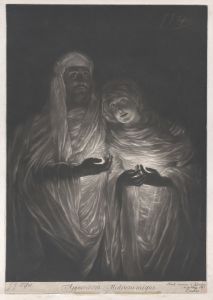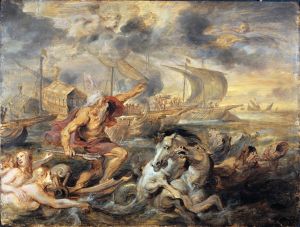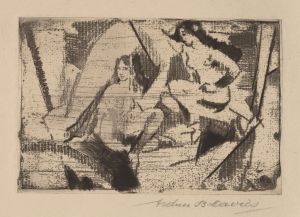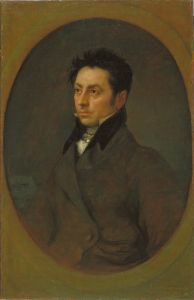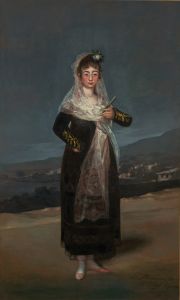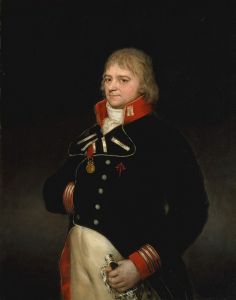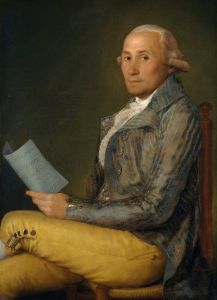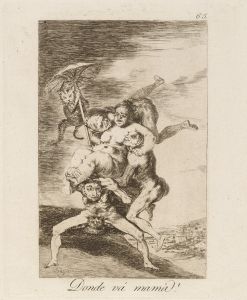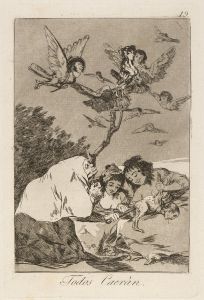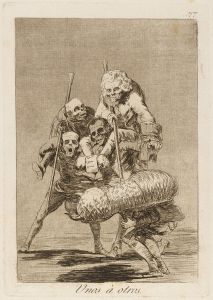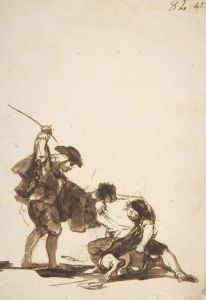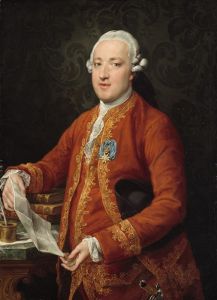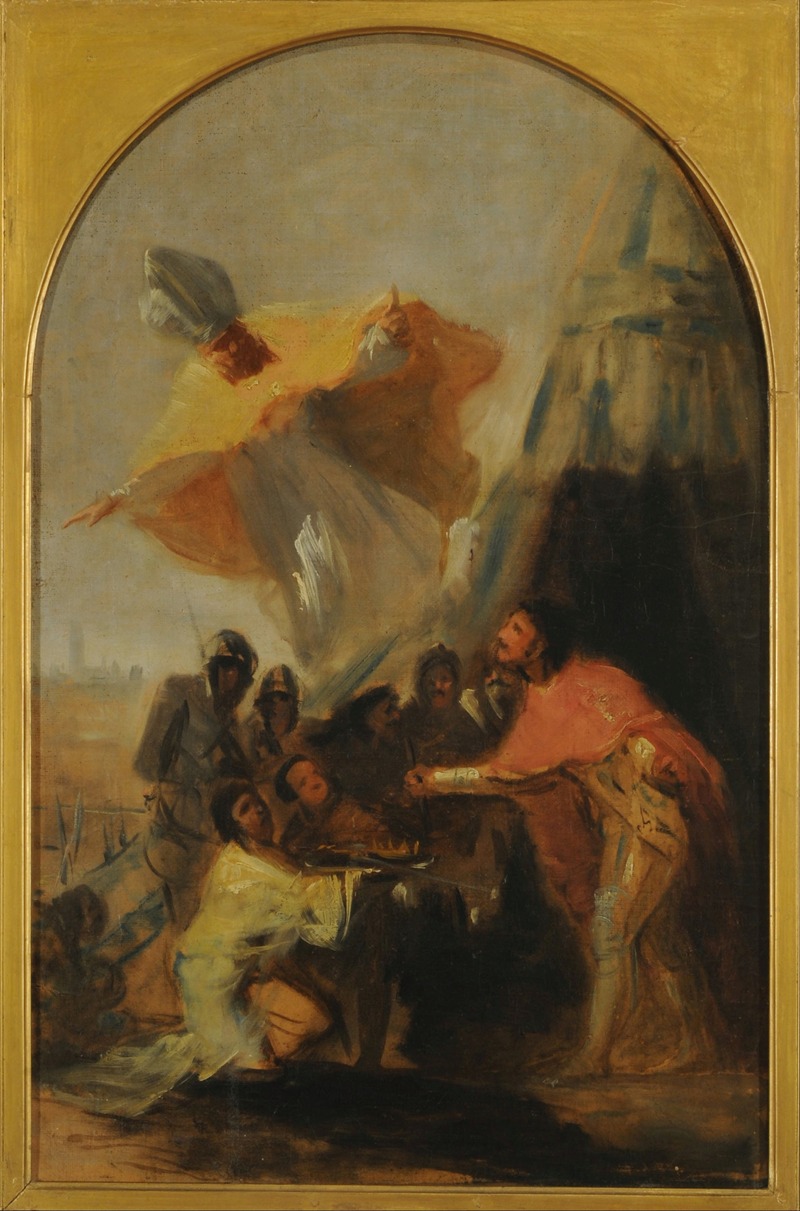
Aparición de San Isidoro al Rey Fernando el Santo ante los muros de Sevilla
A hand-painted replica of Francisco de Goya’s masterpiece Aparición de San Isidoro al Rey Fernando el Santo ante los muros de Sevilla, meticulously crafted by professional artists to capture the true essence of the original. Each piece is created with museum-quality canvas and rare mineral pigments, carefully painted by experienced artists with delicate brushstrokes and rich, layered colors to perfectly recreate the texture of the original artwork. Unlike machine-printed reproductions, this hand-painted version brings the painting to life, infused with the artist’s emotions and skill in every stroke. Whether for personal collection or home decoration, it instantly elevates the artistic atmosphere of any space.
Francisco de Goya, one of Spain's most renowned painters, created a wide array of works that captured the social and political landscapes of his time. However, there is no verified record or widely recognized painting titled "Aparición de San Isidoro al Rey Fernando el Santo ante los muros de Sevilla" attributed to Francisco de Goya. It is possible that this title may refer to a lesser-known or misattributed work, or it could be a fictional or hypothetical piece.
Goya's oeuvre includes a variety of portraits, historical scenes, and works that delve into the human condition, often with a critical eye on the society and politics of late 18th and early 19th century Spain. His most famous works include "The Third of May 1808," "Saturn Devouring His Son," and the series of prints known as "Los Caprichos." These works are celebrated for their emotional depth, innovative use of light and shadow, and their ability to convey complex themes.
If the painting in question were to exist, it would likely depict a historical or religious scene, given the reference to Saint Isidore and King Ferdinand III of Castile, also known as Ferdinand the Saint. Saint Isidore of Seville was a scholar and Archbishop of Seville, known for his contributions to the preservation of classical knowledge during the early Middle Ages. King Ferdinand III, on the other hand, was a significant figure in Spanish history, known for his role in the Reconquista, the series of campaigns by Christian states to recapture territory from the Moors.
The hypothetical scene suggested by the title would involve a divine or miraculous appearance of Saint Isidore to King Ferdinand III during the siege of Seville, a major event in the Reconquista that took place in the 13th century. Such a depiction would align with the tradition of religious and historical paintings that were popular in Spain during and before Goya's time, often used to convey moral or spiritual messages.
However, without concrete evidence or documentation of this specific painting by Goya, it remains speculative to discuss its content, style, or historical significance. Goya's documented works continue to be studied and appreciated for their artistic mastery and insightful commentary on the human experience, and any new discoveries related to his body of work would be of significant interest to art historians and enthusiasts alike.
In conclusion, there is no verified information available regarding a painting by Francisco de Goya titled "Aparición de San Isidoro al Rey Fernando el Santo ante los muros de Sevilla." Further research or discovery would be required to provide a detailed account of such a work, should it exist.





